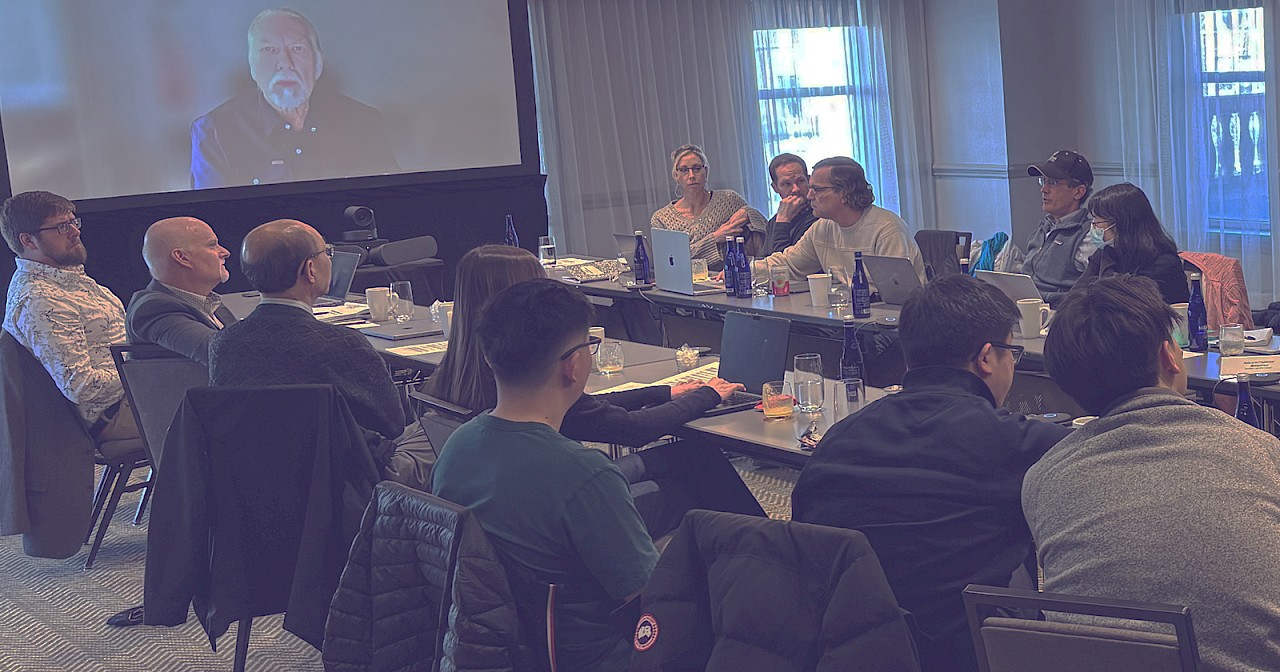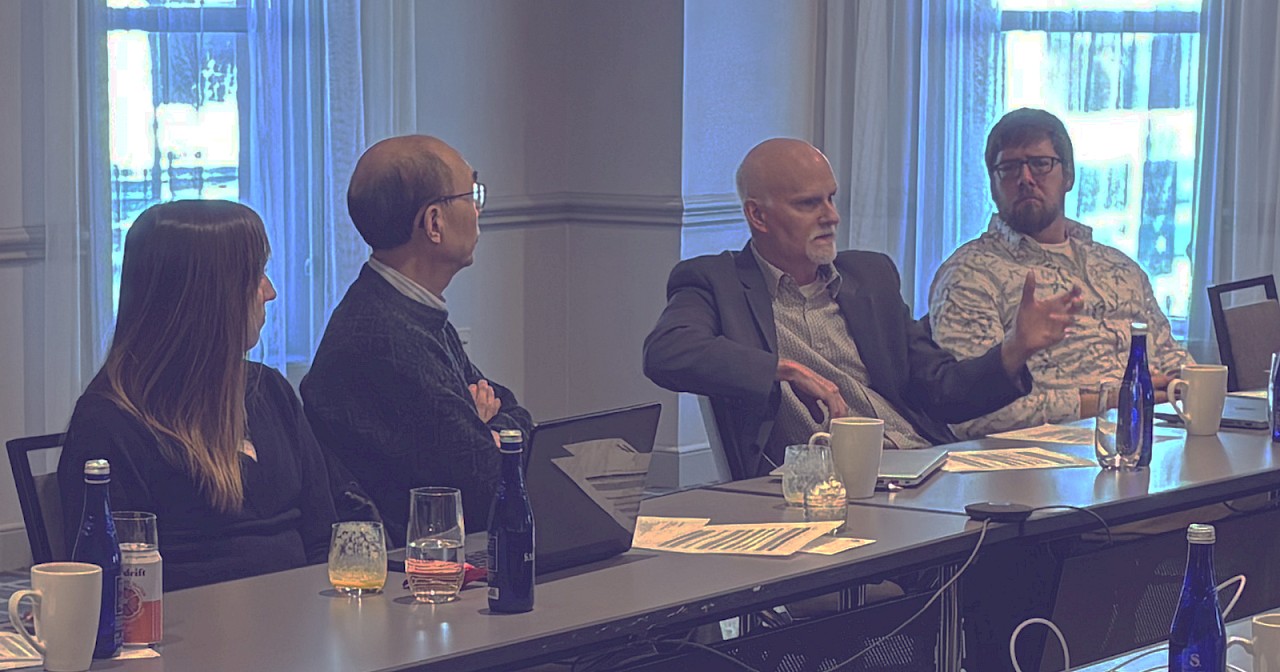Updates from the MECP2 Editing Consortium
"The sum is greater than the parts.” - Aristotle

RSRT has championed a consortium model for Rett syndrome research almost since its inception. Bringing together researchers with synergistic expertise to accelerate progress is the epitome of the often-cited phrase, “The sum is greater than the parts”.
Modeled after the successful MECP2 Consortium and Gene Therapy Consortium, which laid the foundation for the development of current gene therapy trials, RSRT launched a new effort in late 2024: the MECP2 Editing Consortium. Supported by a $7 Million investment from RSRT, the MECP2 Editing Consortium is a collaboration between six labs, aimed at creating DNA and RNA editing therapies for Rett syndrome.
Supporting the MECP2 Editing Consortium every step of the way is our consulting partner, Dark Horse, who specialize in gene and cell therapy. RSRT’s internal team of Chief Technology Officer Bob Deans, PhD, Chief Medical Officer Randy Carpenter, MD, and Chief Scientific Officer Jana von Hehn, PhD, add decades of industry experience.
The Consortium members, who hail from California, Massachusetts, and Scotland, our consultants, and our internal team gathered in Boston last week for an in-person meeting. The updates were substantive, the discussions lively and the sharing of information inspiring. Here are the main highlights.
Optimizing AAV Delivery Systems for Adenine Base Editors
The group explored the pros and cons of using single vs. dual AAV delivery systems for adenine base editors (ABEs), a promising tool for precisely correcting point mutations that cause Rett Syndrome. Adeno-associated viruses (AAVs) are commonly used as delivery vehicles for gene therapies, and fine-tuning how these viruses carry ABEs to their target will be crucial in ensuring the effectiveness and safety of treatments.
Streamlining Clinical Trials with Standardized Constructs
In a step toward more efficient clinical trials, the group agreed to standardize the AAV backbone and constructs used in ABE delivery. This decision aims to create a unified framework for future clinical trials, where the only variable tested would be the guide sequence — a critical part of the gene-editing process. By reducing complexity, this strategy will help to speed up trials and improve the interpretation of results.
Exploring New Capsids and Mouse Models
A key factor in effective AAV delivery is the capsid—the protein shell facilitating the virus's ability to transport genetic material into cells. The group discussed the use of a particular capsid, known for its enhanced ability to cross the blood-brain barrier in mice. While this capsid is useful for animal experiments it is not expected to work in humans. So, in parallel, the consortium will be testing a novel capsid that targets a receptor found in humans that shuttles cargo into the brain. Because this receptor is not found in mice, a mouse model will be used that has the human receptor knocked into it. The new mouse models will provide valuable insights for the design of future clinical trials.
Rescuing Phenotypes of the C-Terminal Deletion with ABE
University of Edinburgh | Sir Adrian Bird PhD and Jacky Guy PhD
Dr. Jacky Guy from Dr. Adrian Bird’s lab at the University of Edinburgh presented a compelling strategy to use ABEs to partially rescue the disease phenotypes for C-terminal deletions of the MeCP2 gene, which constitutes around 10% of all MeCP2 mutations in Rett syndrome patients.
Enhancing Gene Editing Safety and Delivery
UMASS Chan | Erik Sontheimer, PhD, Jonathan Watts, PhD, and Scot Wolfe, PhD
Drs. Erik Sontheimer, Jonathan Watts, and Scot Wolfe from UMass Chan discussed new methods to improve the safety and efficacy of gene editing. They highlighted the development of advanced sequencing technologies to track the off-target effects of ABEs, an essential step in ensuring precision and minimizing unintended changes to the genome. The team also presented innovative chemical modification strategies designed to enhance the safety and efficacy of gene-editing agents. Additionally, they discussed a strategy for reducing unintended edits in nearby genetic sequences and developing compact constructs for more efficient single AAV delivery.
Strategies for Enhanced and Controlled Gene Editing
MIT | Guoping Feng, PhD
Dr. Chenjie Shen from Dr. Guoping Feng’s lab at MIT shared exciting progress on developing even smaller ABE agents that show retained editing efficiency, these ABEs can be valuable for single AAV delivery in patients. The team is also working on novel methods to control ABE editing activity in mouse models using AAV delivery. This controlled approach will allow for more precise and safer therapeutic interventions.
Exploring RNA Editing as an Alternative Approach
UC Davis | Peter Beal, PhD
In addition to DNA editing, another innovative strategy discussed was RNA editing. Dr. Peter Beal from UC Davis shared work from his team on using RNA editing techniques to reverse disease-causing mutations on the mRNA of the MeCP2 gene in Rett Syndrome. RNA editing could serve as an important complementary tool to DNA-based therapies, offering another potential avenue for treatment, especially for mutations that may be harder to fix through traditional gene-editing methods.
Conclusion
The discussions were both comprehensive and forward-thinking, with researchers from diverse fields coming together to share insights, challenges, and strategies for success. While there is still much work to be done, the meeting highlighted the incredible progress being made and reinforced our commitment to finding effective treatments for individuals living with Rett Syndrome.
We are optimistic about the future of gene-editing therapies and are excited to continue collaborating with our research community to bring these innovative treatments to the clinic.
About the Author: I am a post-doctoral fellow in the lab of Erik Sontheimer, PhD at the University of Massachusetts Chan Medical School and have recently taken on a new responsibility as program manager of the MECP2 Editing Consortium. I am excited to combine my experience in genome editing with my organizational skills to advance genetic medicines for Rett syndrome.




